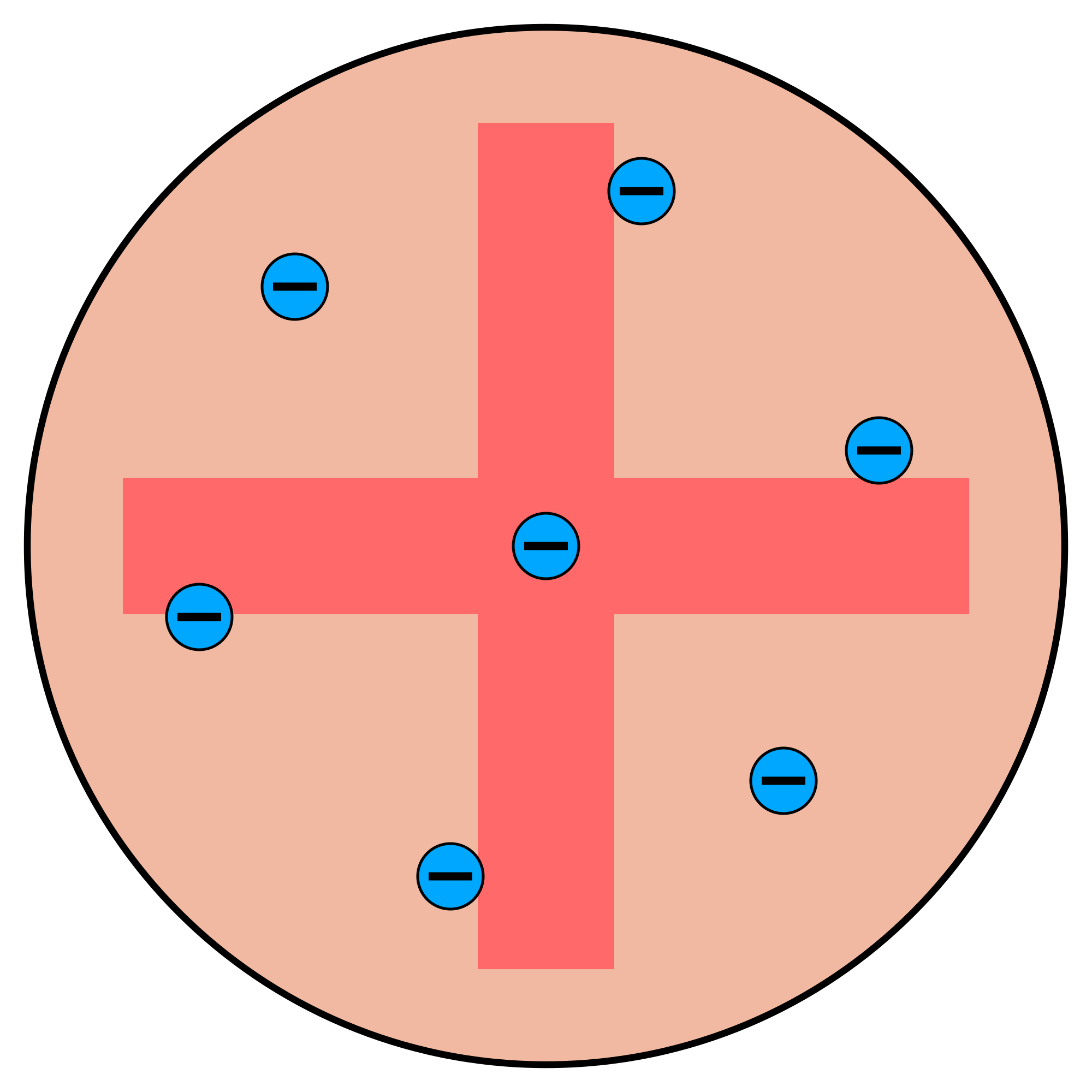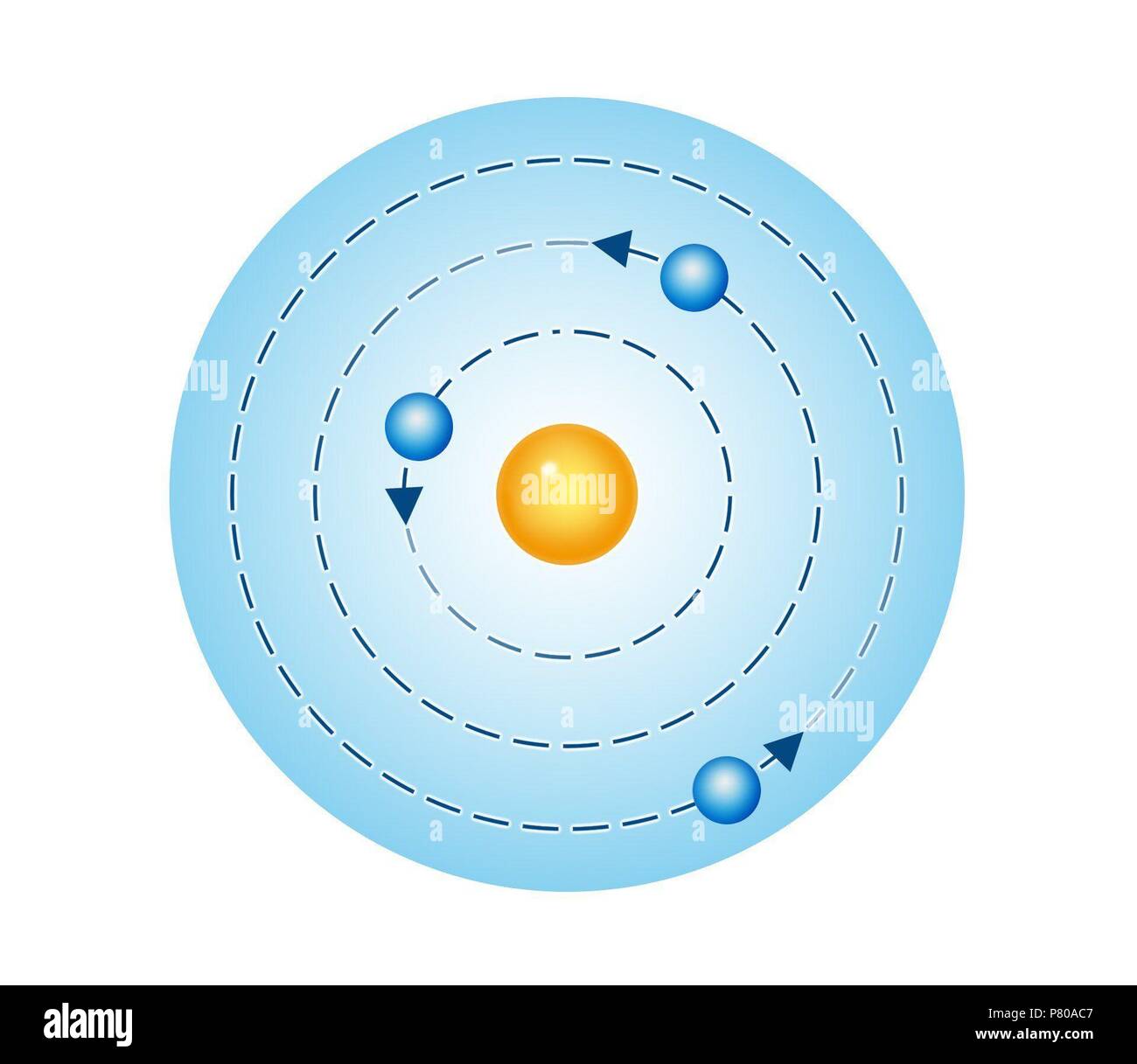 Yohooo! What’s up? Well, this is going to be my first blog for the fourth quarter, second semester. And the lesson for today is about Electromagnetism! Yeyy! 👏👏 Now, scroll down and see the ideas I knew before the discussions, the lessons I learned from the discussions and activities, how I obtained these learning and lastly, my realizations after the discussions. Enjoy! 😁
Yohooo! What’s up? Well, this is going to be my first blog for the fourth quarter, second semester. And the lesson for today is about Electromagnetism! Yeyy! 👏👏 Now, scroll down and see the ideas I knew before the discussions, the lessons I learned from the discussions and activities, how I obtained these learning and lastly, my realizations after the discussions. Enjoy! 😁
Preliminary Knowledge 👶
Electromagnetism is such a wonderful knowledge a man discovered. But honestly, I don’t remember any lessons about electromagnetism. I don’t have enough knowledge about this lesson but I’ll try my best to survive this grading. 😁🤣
What I Learned… 👩🏫
What is Electromagnetism? 🤷♂️
Electromagnetism deals with the relationship between electricity and magnetism.
Electromagnetism is also fundamental physical force that is responsible for interactions between charged particles which occur because of their charge and for the emission and absorption of photons, that is about a hundredth the strength of the strong force, and that extends over infinite distances but is dominant over atomic and molecular distances–called also electromagnetic force
What is Magnetism? ❤
- The ability of a magnetic material, lodestone for instance, to attract other magnetic substances. A material with this kind of ability is called a magnet.
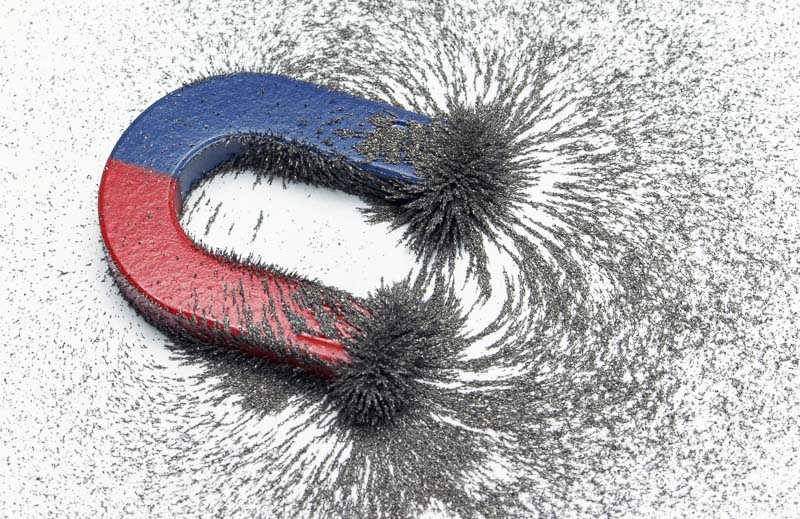
- Another definition of Magnetism is a class of physical phenomena that are mediated by magnetic fields.
A magnetic field is a vector field that describes the magnetic influence of electrical currents and magnetized materials.
Classification of magnets 💖
Natural (found in nature)
 Lodestones or magnetite are common examples of natural magnets. They are also used to create magnets, artificial ones, by magnetizing them through stroking a magnetic material with a magnet, by electric current and by induction from Earth’s magnetism.
Lodestones or magnetite are common examples of natural magnets. They are also used to create magnets, artificial ones, by magnetizing them through stroking a magnetic material with a magnet, by electric current and by induction from Earth’s magnetism.
Artificial (temporary or permanent)
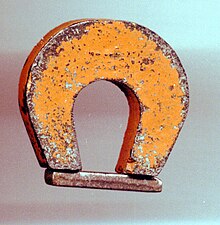 Artificial magnets can be temporary or permanent, it just depends on the material’s retentivity– the ability to retain its magnetism after it has been magnetized.Artificial magnets can come in various shapes. Common shapes are bar magnet, horseshoe magnet and ring magnet.
Artificial magnets can be temporary or permanent, it just depends on the material’s retentivity– the ability to retain its magnetism after it has been magnetized.Artificial magnets can come in various shapes. Common shapes are bar magnet, horseshoe magnet and ring magnet.
Types of Magnetism 💕
- Ferromagnetic Materials– they are strongly attracted by magnets and can make a strong permanent magnet but when heating at a certain temperature, it can lose its magnetism, that temperature is call the Curie temperature. Iron, cobalt, nickel and steel are common examples of this type.
- Paramagnetic Materials– they are weakly attracted to magnets and when cooled, they become more magnetic. Palladium, platinum and the transitional metals are examples of this type.
- Diagmanetism– is a weak response to magnetic field. Instead of being attracted, they are repelled by the magnetic field. Examples are water, silver, gold, lead and other organic compounds.
Earth has it’s own magnetism, it is called Geomagnetism. Earth can act as a huge magnet with its north and south magnetic poles.

Peregrinus Proteus discovered that like poles repel and unlike poles attract. In line with that, in 1785, Charles de Coulomb proposed that the force between poles is similar to the force of attraction or repulsion between electric charges.
The force of attraction and repulsion between two poles is given by the formula:

where k= 10-7 N/A2, F is the force in N, m1 and m2 are the pole strengths in Am, and d is the distance between poles.
The concept of magnetic field 🤗
 A magnetic field is a space where a a magnetic material could experience the force of the magnet. Its strength can be defined into two ways, (1) is by magnetic flux and (2) is by the force exerted on an electric charge moving in the field. It is shown by this formula:
A magnetic field is a space where a a magnetic material could experience the force of the magnet. Its strength can be defined into two ways, (1) is by magnetic flux and (2) is by the force exerted on an electric charge moving in the field. It is shown by this formula:

The direction of a magnetic field is the direction in which a north pole will move when placed in that field. For example, if a compass is placed in a magnetic field, the compass will point in the direction of the field.
Magnetic field is made up of lines of force that emerge from North to South Pole. The number of lines of force is called the magnetic flux. The SI unit of flux is Weber and the flux per unit area is called the magnetic field or the magnetic field intensity in the SI unit tesla named after Nikola Tesla. It is in this formula:

When finding the amount of a magnetic flux passing through a surface, this formula can be used:

Electromagnetic Induction 😍
 The production of electromotive force or emf. It can also be described as the production of electric current across a conductor when exposed to a changing magnetic field. And the produced current and emf are called induced current and induced emf.
The production of electromotive force or emf. It can also be described as the production of electric current across a conductor when exposed to a changing magnetic field. And the produced current and emf are called induced current and induced emf.
There are two laws governing electromagnetic induction and these are the Faraday’s Law and Lenz’s Law:
Faraday’s Law states that “whenever there is a change in a magnetic flux in a circuit, an induced current is produced.” Which makes the rate of change in magnetic flux proportional to the induced current.
Lenz’s Law states that “the induced current flows in a direction so as to oppose the change causing it.”
If Faraday and Lenz’s law are combined, the formula would be:

where E is the induce emf, N is the number of turns of the coil, Δɸ is the change in magnetic flux and is equal to ɸfinal – ɸinitial, Δt is the time elapsed.
The relationship of each variables 🤔
- Induced emf and the number of turns of the coil (E vs. N)
They are directly proportional. If you increase the number of turns of wire in the coil – by increasing the amount of individual conductors cutting through the magnetic field, the amount of induced emf produced will be the sum of all the individual loops of the coil.
- Induced emf and magnetic flux (E vs. ɸ)
Also directly proportional to one another. Increasing the magnetic flux means increasing the induced emf.
- Induced emf and time (E vs. t)
Inversely proportional. Increasing the time elapsed means decreasing the induction of emf.
- Negative (-N)
The reason behind that is that the negative sign means that the induced emf sends current in a direction so as to oppose the change in flux causing it.
For a special case of a conductor of length L moving perpendicular to a magnetic field B with a velocity, the induced emf called motional emf can be computed by:

RIGHT-HAND RULE 👍

The essence of the right hand rule and that is to determine the direction of the magnetic field produced by a current. The thumb tells the direction of the current, the four fingers determine the direction of magnetic field and the palm is for the direction of the force.
Electromagnetism Applications 🙂
Generators
 A generator converts mechanical energy to electrical energy. It is usually utilized during power shutdowns and the like. While a motor is a generator working in reverse. It converts electrical energy to mechanical energy. And a transformer which is used to raise or lower the voltage of an AC source.
A generator converts mechanical energy to electrical energy. It is usually utilized during power shutdowns and the like. While a motor is a generator working in reverse. It converts electrical energy to mechanical energy. And a transformer which is used to raise or lower the voltage of an AC source.
How I Learned 💖
Honestly this is very hard. I’ve been challenged to this lesson and I am quite surprised to the result. The following are my ways to learn electromagnetism:
Advance Reading

I’ve done advance reading in this lesson in order for me to more understand the lesson. But even I’ve read a lot about this topic it was hard,
Activity
 Our teacher gave us an activity. Where we should come up with the relationship of the variables to the equation given by Faraday and Lenz. Where I’ve realized that you should believe on what you know and what they knew. We tried our best to tell their relationships but our best is not that enough.
Our teacher gave us an activity. Where we should come up with the relationship of the variables to the equation given by Faraday and Lenz. Where I’ve realized that you should believe on what you know and what they knew. We tried our best to tell their relationships but our best is not that enough.
Reflection 👀
Honestly, I swear, this is not that easy. Especially when we conducted the activity. But I’ve realized that electromagnetism is really important to us. To this generation we can’t live without electricity, we can’t do anything without it (somehow there are minimal amount), our life in earth must be so boring. In this lesson, you must believe to understand its concept.
But even how hard it is, it was worth it in the end. I really love how physics explains everything. Well, somehow, I’m a little bit proud of myself. More physics lessons for me! YEY!😎
Bibliography 🤞






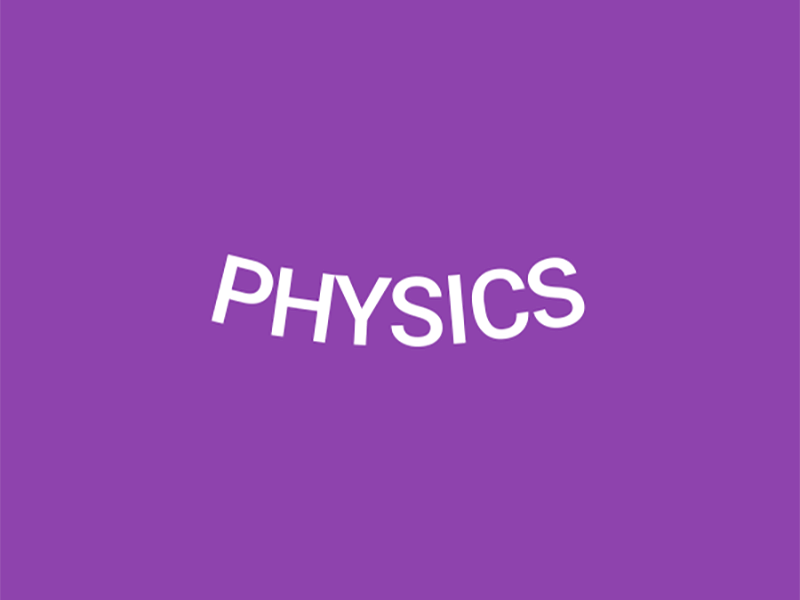




 If you place two mirrors at an angle, you increase the number of reflected images you can see. Depending on the angle you choose, you can see a number of unbroken reflections and one or more composite or partial reflections. When the mirrors are set at 90º and 60° degrees exactly, the composite reflection is evenly divided so it looks like a single image.
If you place two mirrors at an angle, you increase the number of reflected images you can see. Depending on the angle you choose, you can see a number of unbroken reflections and one or more composite or partial reflections. When the mirrors are set at 90º and 60° degrees exactly, the composite reflection is evenly divided so it looks like a single image.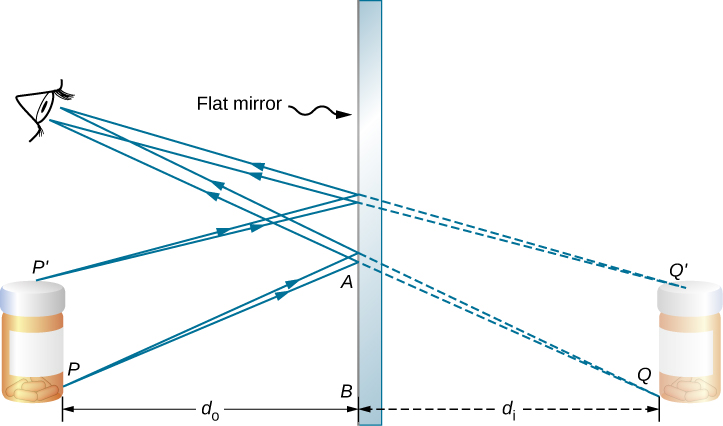


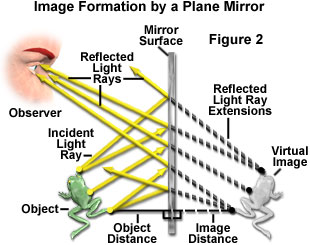
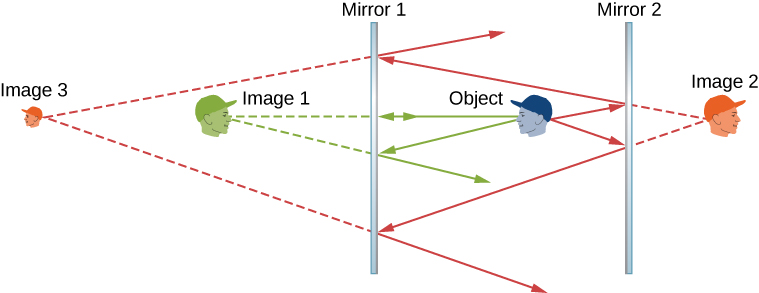
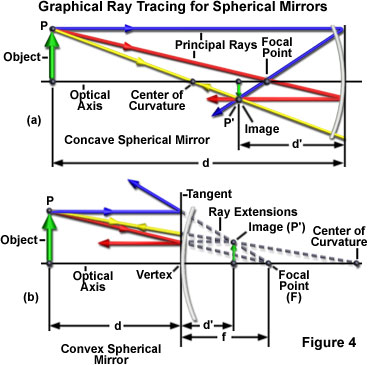





 The validity of these rules in the paraxial approximation is, again, fairly self-evident.
The validity of these rules in the paraxial approximation is, again, fairly self-evident.




 Yohooo! What’s up? Well, this is going to be my first blog for the fourth quarter, second semester. And the lesson for today is about Electromagnetism! Yeyy! 👏👏 Now, scroll down and see the ideas I knew before the discussions, the lessons I learned from the discussions and activities, how I obtained these learning and lastly, my realizations after the discussions. Enjoy! 😁
Yohooo! What’s up? Well, this is going to be my first blog for the fourth quarter, second semester. And the lesson for today is about Electromagnetism! Yeyy! 👏👏 Now, scroll down and see the ideas I knew before the discussions, the lessons I learned from the discussions and activities, how I obtained these learning and lastly, my realizations after the discussions. Enjoy! 😁
 Lodestones or magnetite are common examples of natural magnets. They are also used to create magnets, artificial ones, by magnetizing them through stroking a magnetic material with a magnet, by electric current and by induction from Earth’s magnetism.
Lodestones or magnetite are common examples of natural magnets. They are also used to create magnets, artificial ones, by magnetizing them through stroking a magnetic material with a magnet, by electric current and by induction from Earth’s magnetism. Artificial magnets can be temporary or permanent, it just depends on the material’s retentivity– the ability to retain its magnetism after it has been magnetized.Artificial magnets can come in various shapes. Common shapes are bar magnet, horseshoe magnet and ring magnet.
Artificial magnets can be temporary or permanent, it just depends on the material’s retentivity– the ability to retain its magnetism after it has been magnetized.Artificial magnets can come in various shapes. Common shapes are bar magnet, horseshoe magnet and ring magnet.

 A magnetic field is a space where a a magnetic material could experience the force of the magnet. Its strength can be defined into two ways, (1) is by magnetic flux and (2) is by the force exerted on an electric charge moving in the field. It is shown by this formula:
A magnetic field is a space where a a magnetic material could experience the force of the magnet. Its strength can be defined into two ways, (1) is by magnetic flux and (2) is by the force exerted on an electric charge moving in the field. It is shown by this formula:


 The production of electromotive force or emf. It can also be described as the production of electric current across a conductor when exposed to a changing magnetic field. And the produced current and emf are called induced current and induced emf.
The production of electromotive force or emf. It can also be described as the production of electric current across a conductor when exposed to a changing magnetic field. And the produced current and emf are called induced current and induced emf.


 A generator converts mechanical energy to electrical energy. It is usually utilized during power shutdowns and the like. While a motor is a generator working in reverse. It converts electrical energy to mechanical energy. And a transformer which is used to raise or lower the voltage of an AC source.
A generator converts mechanical energy to electrical energy. It is usually utilized during power shutdowns and the like. While a motor is a generator working in reverse. It converts electrical energy to mechanical energy. And a transformer which is used to raise or lower the voltage of an AC source.
 Our teacher gave us an activity. Where we should come up with the relationship of the variables to the equation given by Faraday and Lenz. Where I’ve realized that you should believe on what you know and what they knew. We tried our best to tell their relationships but our best is not that enough.
Our teacher gave us an activity. Where we should come up with the relationship of the variables to the equation given by Faraday and Lenz. Where I’ve realized that you should believe on what you know and what they knew. We tried our best to tell their relationships but our best is not that enough.
 0.1 microfarads. Ceramic capacitor types are by far the most commonly used type of capacitor being cheap and reliable and their loss factor is particularly low although this is dependent on the exact dielectric in use. In view of their constructional properties, these capacitors are widely used both in leaded and surface mount formats.
0.1 microfarads. Ceramic capacitor types are by far the most commonly used type of capacitor being cheap and reliable and their loss factor is particularly low although this is dependent on the exact dielectric in use. In view of their constructional properties, these capacitors are widely used both in leaded and surface mount formats. polarised. They are able to offer high capacitance values – typically above 1μF, and are most widely used for low frequency applications – power supplies, decoupling and audio coupling applications as they have a frequency limit if around 100 kHz.
polarised. They are able to offer high capacitance values – typically above 1μF, and are most widely used for low frequency applications – power supplies, decoupling and audio coupling applications as they have a frequency limit if around 100 kHz.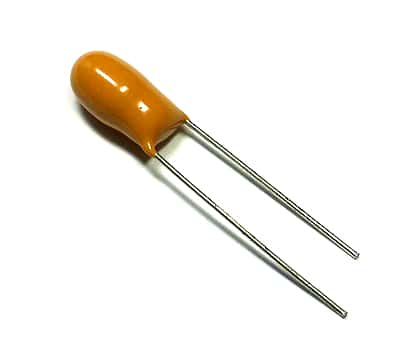 level for their volume. However this type of capacitor is very intolerant of being reverse biased, often exploding when placed under stress. This type of capacitor must also not be subject to high ripple currents or voltages above their working voltage. They are available in both leaded and surface mount formats.
level for their volume. However this type of capacitor is very intolerant of being reverse biased, often exploding when placed under stress. This type of capacitor must also not be subject to high ripple currents or voltages above their working voltage. They are available in both leaded and surface mount formats. very high levels of stability, low loss and accuracy where space is not an issue. They are primarily used for RF applications and and they are limited to maximum values of 1000 pF or so.
very high levels of stability, low loss and accuracy where space is not an issue. They are primarily used for RF applications and and they are limited to maximum values of 1000 pF or so. 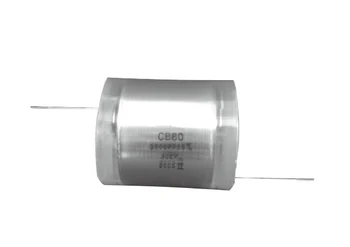 needed. They are tubular in shape resulting from the fact that the plate / dielectric sandwich is rolled together, but this adds inductance limiting their frequency response to a few hundred kHz. They are generally only available as leaded electronics components.
needed. They are tubular in shape resulting from the fact that the plate / dielectric sandwich is rolled together, but this adds inductance limiting their frequency response to a few hundred kHz. They are generally only available as leaded electronics components.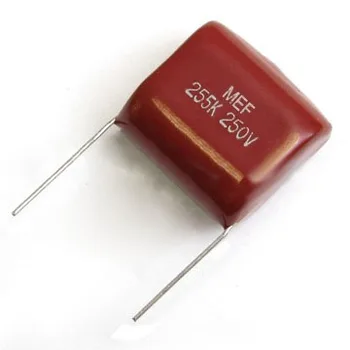 is a consideration as they do not offer a high tolerance. Many polyester film capacitors have a tolerance of 5% or 10%, which is adequate for many applications. They are generally only available as leaded electronics components.
is a consideration as they do not offer a high tolerance. Many polyester film capacitors have a tolerance of 5% or 10%, which is adequate for many applications. They are generally only available as leaded electronics components.





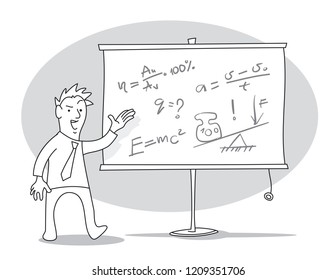

 Both gravitational and electric forces acting in the fields are inversely proportional to the square root of distance/radius. They both act between two bodies without contact. Both gravitational and electric fields have field strength that also follows this inverse square law in relation to distance. Mass/charge in a gravitational field/electric field has potential.
Both gravitational and electric forces acting in the fields are inversely proportional to the square root of distance/radius. They both act between two bodies without contact. Both gravitational and electric fields have field strength that also follows this inverse square law in relation to distance. Mass/charge in a gravitational field/electric field has potential.
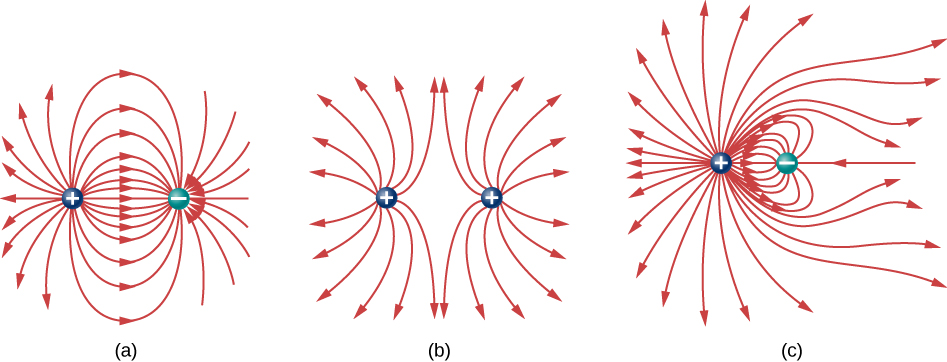



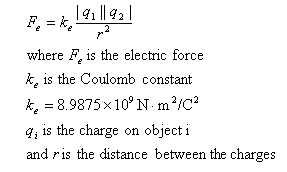










 Annnnnd another lessons are gained and another self-realizations has been made! I’ve learned to much about the Coulomb’s Law in this lesson.
Annnnnd another lessons are gained and another self-realizations has been made! I’ve learned to much about the Coulomb’s Law in this lesson./cdn.vox-cdn.com/uploads/chorus_image/image/50911339/electricity.0.jpg)
 Amber is fossilized tree resin, which has been appreciated for its color and natural beauty since Neolithic times. Much valued from antiquity to the present as a gemstone, amber is made into a variety of decorative objects. Amber is used in jewelry. It has also been used as a healing agent in folk medicine.
Amber is fossilized tree resin, which has been appreciated for its color and natural beauty since Neolithic times. Much valued from antiquity to the present as a gemstone, amber is made into a variety of decorative objects. Amber is used in jewelry. It has also been used as a healing agent in folk medicine. A giant leap of understanding was required to explain observations like these in terms of positive and negative electrical charge. In the 18th century, Benjamin Franklin in America tried experiments with charges. It was Franklin who named the two kinds of electricity ‘positive’ and ‘negative’. He even collected electric charges from thunderstorm clouds through wet string from a kite.
A giant leap of understanding was required to explain observations like these in terms of positive and negative electrical charge. In the 18th century, Benjamin Franklin in America tried experiments with charges. It was Franklin who named the two kinds of electricity ‘positive’ and ‘negative’. He even collected electric charges from thunderstorm clouds through wet string from a kite. 

